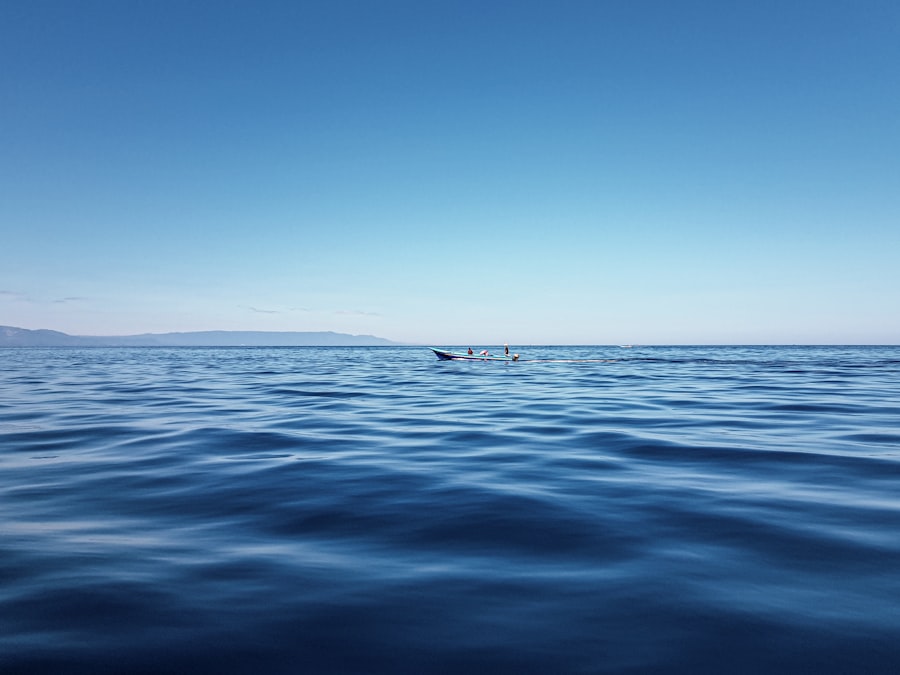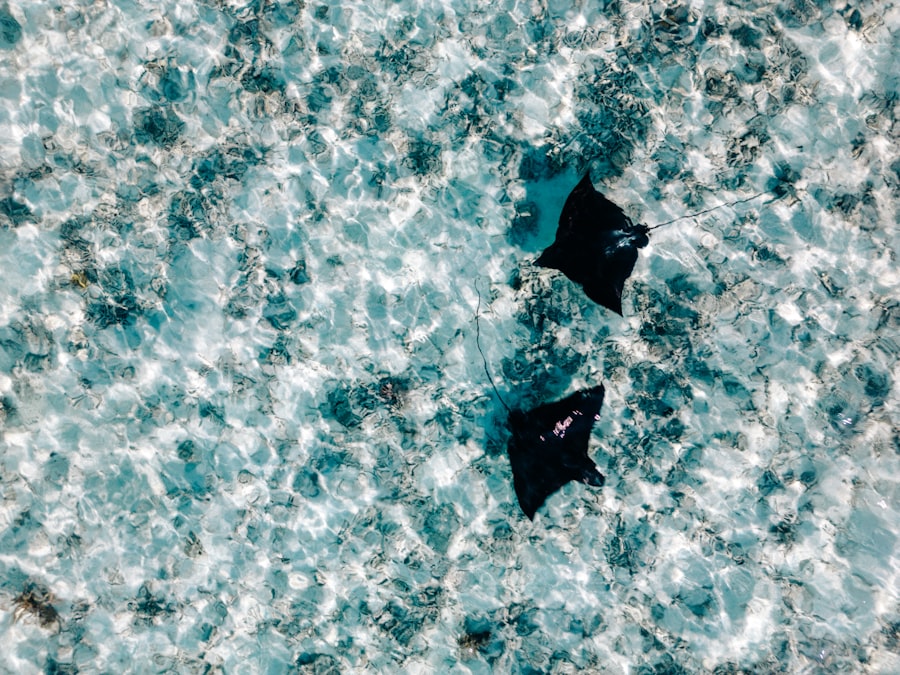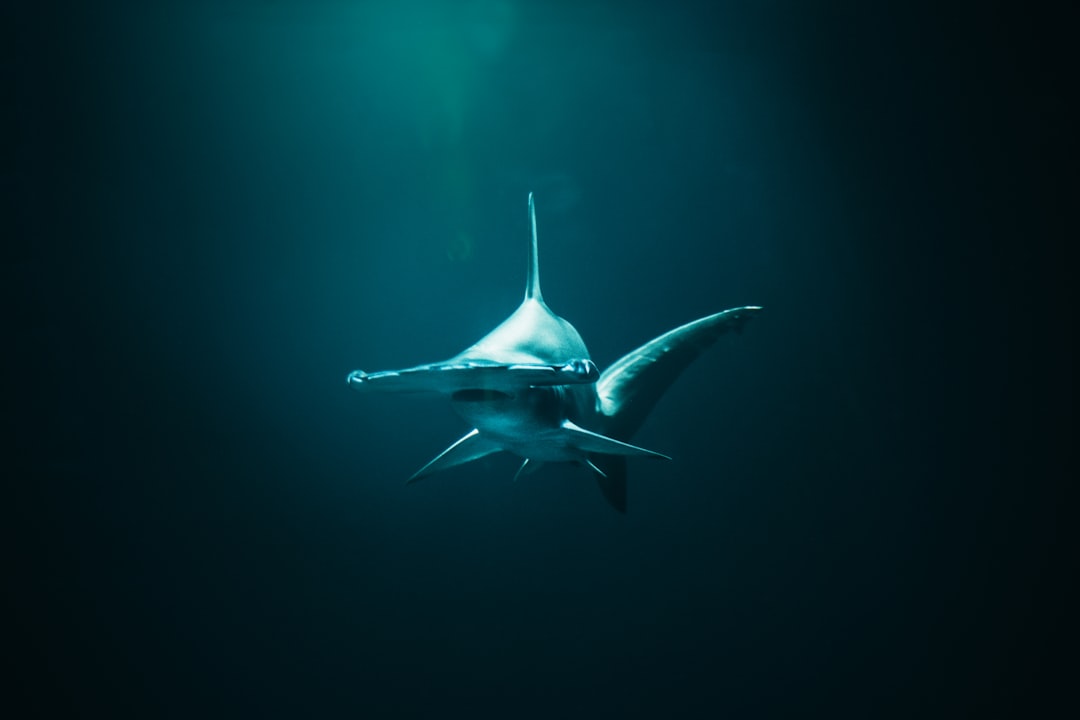The Drake Passage, a body of water located between the southern tip of South America and Antarctica, is renowned for its tumultuous seas and rich biodiversity. This narrow stretch of ocean, measuring approximately 800 kilometers wide, serves as a critical conduit for ocean currents and marine life. The passage is not only a geographical marvel but also a vital ecological zone that supports a myriad of species, including various types of sharks.
The unique conditions of the Drake Passage, characterized by its cold waters and nutrient-rich upwellings, create an environment that is both challenging and rewarding for marine organisms. Navigating the Drake Passage has long been a daunting task for sailors and explorers due to its unpredictable weather patterns and strong currents. However, this very unpredictability contributes to the ecological richness of the area.
The confluence of the Atlantic and Pacific Oceans creates a dynamic marine ecosystem that attracts a diverse array of wildlife. Among these inhabitants are sharks, which play a crucial role in maintaining the balance of this intricate ecosystem. Understanding the presence and behavior of sharks in the Drake Passage is essential for appreciating the broader ecological dynamics at play in this remarkable region.
Key Takeaways
- The Drake Passage is a crucial waterway connecting the Atlantic and Pacific Oceans, known for its turbulent seas and diverse marine life.
- Historical accounts suggest that sharks have been present in the Drake Passage for centuries, with sailors reporting sightings and encounters.
- Scientific evidence, including research expeditions and tagging studies, confirms the presence of various shark species in the Drake Passage.
- Sharks play a vital role in the ecosystem of the Drake Passage, regulating prey populations and maintaining a healthy balance in the food web.
- Threats to shark populations in the Drake Passage, such as overfishing and climate change, highlight the need for conservation efforts and research to protect these species.
The presence of sharks in the Drake Passage: historical accounts
Historical accounts of shark sightings in the Drake Passage date back to the early explorations of the region. Sailors and whalers navigating these treacherous waters often reported encounters with various shark species, noting their impressive size and predatory behavior. These early observations laid the groundwork for understanding the role of sharks in this unique marine environment.
Whalers, in particular, documented their experiences with sharks as they hunted for baleen whales, often describing how these apex predators would follow their vessels, drawn by the scent of blood in the water. As exploration continued into the 19th and 20th centuries, more detailed accounts emerged regarding the types of sharks inhabiting the Drake Passage. Naturalists and marine biologists began to take an interest in these reports, leading to a growing body of knowledge about shark populations in the region.
The historical narratives not only highlighted the presence of sharks but also underscored their significance within the marine food web. These accounts serve as a testament to the long-standing relationship between humans and sharks in this remote part of the world.
Scientific evidence of sharks in the Drake Passage

In recent years, scientific research has provided substantial evidence supporting the presence of sharks in the Drake Passage. Various studies utilizing advanced tracking technologies have revealed migration patterns and population dynamics of different shark species in this region. Researchers have deployed satellite tags on sharks to monitor their movements, allowing for a deeper understanding of their behavior and habitat preferences.
This technological advancement has shed light on how these creatures navigate the challenging waters of the Drake Passage. Moreover, scientific expeditions have conducted underwater surveys and sampling to identify shark species residing in the area. These efforts have confirmed that several species, including the blue shark and mako shark, are prevalent in the Drake Passage.
The data collected from these studies not only enhances knowledge about shark populations but also informs conservation strategies aimed at protecting these vital marine predators. As research continues to evolve, it becomes increasingly clear that sharks are an integral part of the ecological tapestry woven throughout the Drake Passage.
The role of sharks in the ecosystem of the Drake Passage
| Metrics | Data |
|---|---|
| Shark Population | Varies by species, estimated to be in the thousands |
| Prey Control | Sharks help regulate the population of their prey species |
| Biodiversity | Sharks contribute to the overall biodiversity of the ecosystem |
| Top Predators | Sharks play a crucial role as top predators in the food chain |
| Balance | Sharks help maintain the balance of the marine ecosystem in the Drake Passage |
Sharks play a pivotal role in maintaining the health and balance of the ecosystem within the Drake Passage. As apex predators, they help regulate populations of prey species, ensuring that no single group becomes overly dominant. This predatory behavior contributes to biodiversity by promoting a balanced food web where various species can thrive.
By preying on weaker or sick individuals, sharks also contribute to the overall health of fish populations, allowing for stronger genetic traits to be passed on. Additionally, sharks influence the behavior and distribution of other marine species within their habitat. Their presence can alter feeding patterns among smaller fish and invertebrates, leading to shifts in community dynamics.
For instance, when sharks are present, smaller fish may alter their foraging strategies to avoid predation, which can have cascading effects throughout the ecosystem.
Threats to shark populations in the Drake Passage
Despite their importance in maintaining ecological balance, shark populations in the Drake Passage face numerous threats that jeopardize their survival. Overfishing remains one of the most significant challenges, as commercial fishing practices often target sharks for their fins and meat. The demand for shark fin soup has led to unsustainable fishing practices that deplete shark populations at alarming rates.
In addition to direct fishing pressure, bycatch—unintentional capture during fishing for other species—further exacerbates the decline of shark numbers. Climate change poses another critical threat to sharks in the Drake Passage. Rising ocean temperatures can alter prey availability and distribution, impacting shark feeding patterns and reproductive success.
Additionally, ocean acidification affects marine ecosystems as a whole, potentially disrupting food webs that sharks rely on for sustenance. As environmental conditions continue to change, it is imperative to monitor how these factors influence shark populations and implement effective conservation measures to mitigate their impact.
Shark species commonly found in the Drake Passage

The Drake Passage is home to several shark species that have adapted to its unique environmental conditions. Among them, the blue shark (Prionace glauca) is one of the most commonly encountered species. Known for its sleek body and remarkable swimming abilities, the blue shark thrives in open ocean environments and is often found in deeper waters within the passage.
Its presence indicates a healthy marine ecosystem, as it preys on various fish species. Another notable species is the shortfin mako shark (Isurus oxyrinchus), recognized for its speed and agility. Mako sharks are known to undertake long migrations across vast distances, making them a fascinating subject for researchers studying migratory patterns in relation to ocean currents.
Other species such as thresher sharks and hammerhead sharks have also been reported in these waters, although they are less frequently observed than blue and mako sharks. The diversity of shark species found in the Drake Passage highlights its ecological significance and underscores the need for ongoing research and conservation efforts.
The behavior and migration patterns of sharks in the Drake Passage
Shark behavior and migration patterns in the Drake Passage are influenced by various environmental factors, including water temperature, prey availability, and ocean currents. Research has shown that many shark species exhibit migratory behavior, traveling long distances between feeding grounds and breeding sites. For instance, blue sharks are known to migrate seasonally between warmer waters and cooler regions like the Drake Passage as they follow prey movements.
Understanding these migration patterns is crucial for effective conservation strategies. By identifying key habitats used by sharks during different life stages—such as nursery areas or feeding grounds—researchers can better protect these critical environments from human activities that may threaten their survival.
Shark research and conservation efforts in the Drake Passage
In response to growing concerns about declining shark populations, various research initiatives and conservation efforts have been established in the Drake Passage. Collaborative projects involving marine biologists, conservation organizations, and governmental agencies aim to gather data on shark populations and their habitats. These efforts often include tagging programs that allow researchers to track individual sharks over time, providing valuable information about their movements and behaviors.
Conservation initiatives also focus on raising awareness about the importance of sharks within marine ecosystems. Educational programs targeting local communities and fishermen emphasize sustainable fishing practices and promote responsible stewardship of marine resources. By fostering a greater understanding of sharks’ ecological roles, these efforts aim to garner support for protective measures that ensure their survival in the face of ongoing threats.
The impact of climate change on shark populations in the Drake Passage
Climate change poses significant challenges for marine ecosystems worldwide, including those within the Drake Passage. Rising sea temperatures can disrupt traditional migratory routes for sharks as they seek optimal conditions for feeding and reproduction. Changes in ocean currents may also affect prey availability, leading to shifts in feeding patterns among shark populations.
Furthermore, ocean acidification resulting from increased carbon dioxide levels can impact marine life at various trophic levels, potentially altering food webs that support shark populations. As prey species decline or migrate due to changing environmental conditions, sharks may struggle to find adequate food sources necessary for their survival. Understanding these complex interactions is essential for predicting how climate change will shape future shark populations in this critical region.
Shark interactions with other marine species in the Drake Passage
Sharks interact with a variety of marine species within the Drake Passage, contributing to a complex web of ecological relationships. As apex predators, they exert top-down control on prey populations, influencing community dynamics among fish and other marine organisms. For example, by preying on smaller fish species, sharks help maintain healthy populations that prevent overgrazing on essential habitats like kelp forests or coral reefs.
Additionally, sharks often share their habitat with other predators such as seals and seabirds, creating competitive dynamics that can influence feeding behaviors across species. These interactions highlight the interconnectedness of marine ecosystems within the Drake Passage and underscore the importance of preserving biodiversity to ensure ecological resilience.
The future of sharks in the Drake Passage: implications for conservation and research
The future of sharks in the Drake Passage hinges on continued research efforts and effective conservation strategies aimed at mitigating threats to their populations. As scientists gather more data on shark behavior, migration patterns, and ecological roles, they can develop targeted management plans that address specific challenges faced by these apex predators. Moreover, fostering collaboration among stakeholders—including fishermen, conservationists, and policymakers—is essential for creating sustainable practices that protect both shark populations and local fisheries.
By prioritizing conservation efforts that consider ecological health alongside economic interests, there is potential for a more balanced approach that benefits both marine ecosystems and human communities reliant on them. In conclusion, understanding the multifaceted relationship between sharks and their environment within the Drake Passage is crucial for ensuring their survival amid growing threats from human activities and climate change. Through ongoing research and collaborative conservation efforts, there remains hope for safeguarding these magnificent creatures and preserving the ecological integrity of one of Earth’s most remarkable marine regions.
The Drake Passage, a treacherous stretch of water between the southern tip of South America and Antarctica, is known for its challenging conditions and diverse marine life. While the presence of sharks in this region is not widely documented, the unique ecosystem of the Drake Passage supports a variety of species adapted to its cold waters. For more information on the marine biodiversity and the environmental significance of this area, you can explore a related article on the topic by visiting this page. This article delves into the fascinating aspects of the Drake Passage and its role in global ocean currents and marine life distribution.
WATCH NOW! Drake Passage: Earth’s Deadliest Waters Revealed
FAQs
What is the Drake Passage?
The Drake Passage is the body of water between the southern tip of South America and the northern tip of the Antarctic Peninsula. It is known for its rough seas and strong winds.
Are there sharks in the Drake Passage?
Yes, there are sharks in the Drake Passage. The most commonly found species in this area are the deep-sea dogfish sharks, such as the velvet belly lanternshark and the kitefin shark.
What other marine life can be found in the Drake Passage?
In addition to sharks, the Drake Passage is home to a diverse range of marine life, including whales, seals, penguins, and various species of fish and seabirds.
Is it safe to swim in the Drake Passage with sharks present?
Swimming in the Drake Passage is not recommended due to the cold temperatures and rough seas, as well as the presence of sharks and other potentially dangerous marine animals.
Are there any shark species in the Drake Passage that are dangerous to humans?
The shark species found in the Drake Passage, such as the deep-sea dogfish sharks, are not known to be dangerous to humans. They are typically small, deep-sea dwellers that are not aggressive towards humans.
